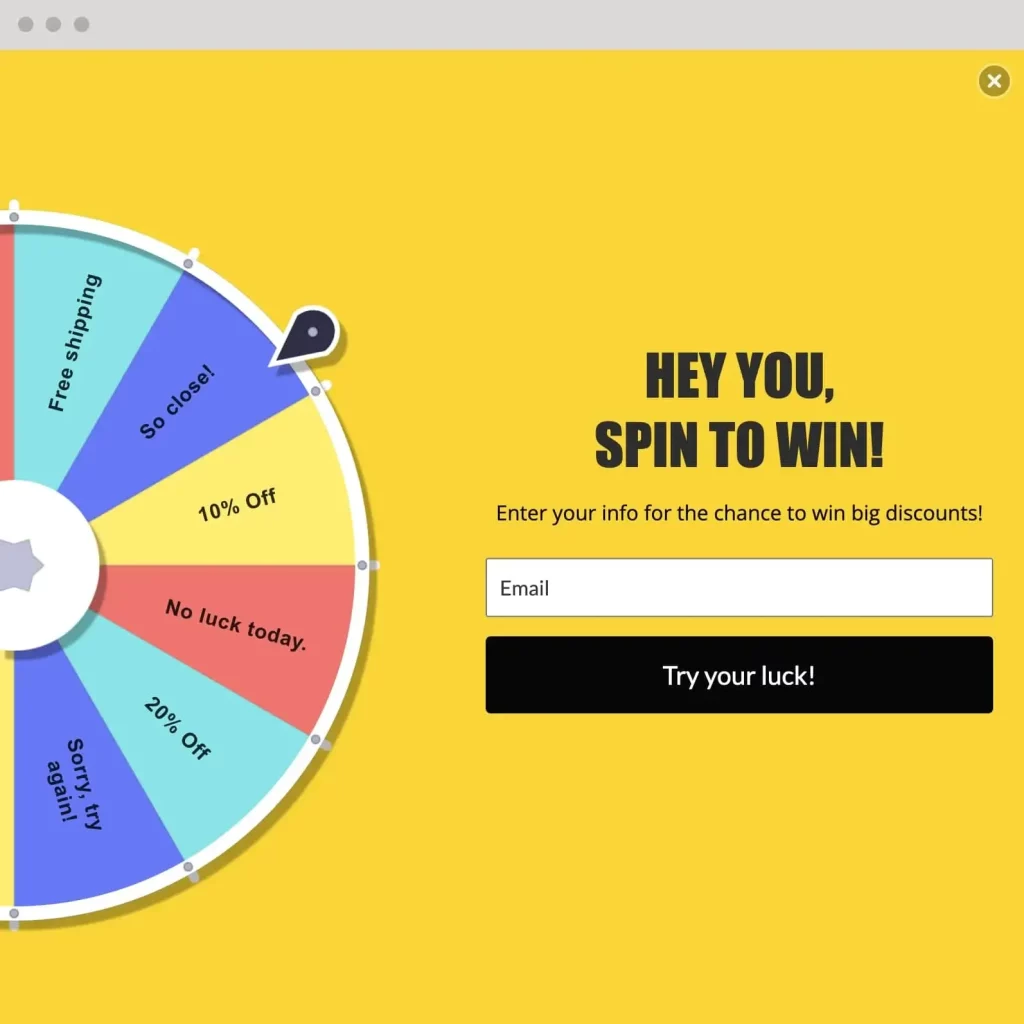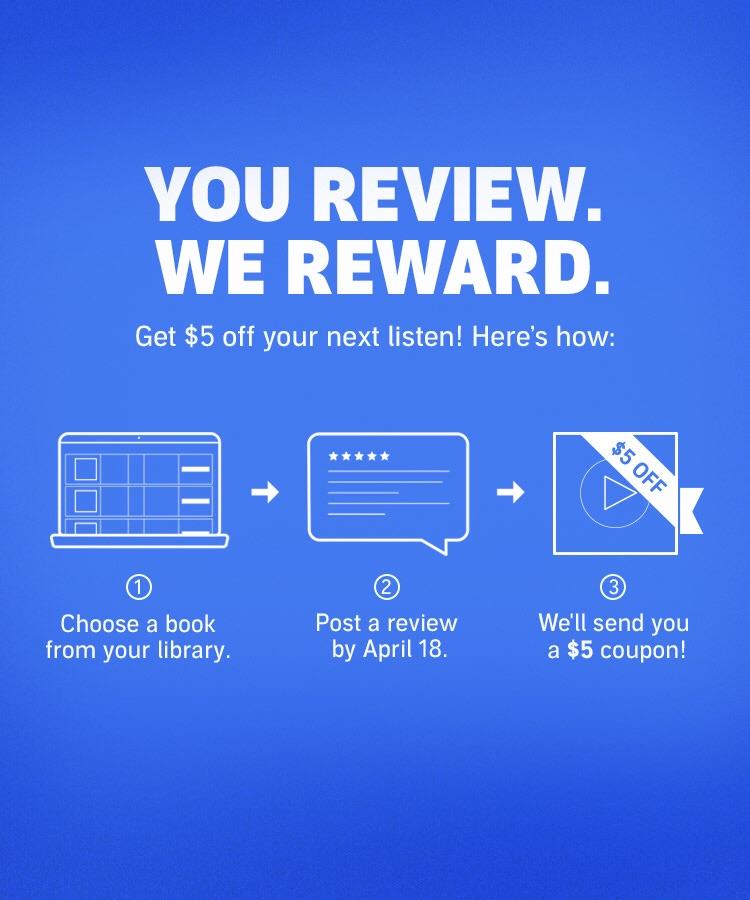Ever experienced that satisfying rush of victory when you conquer a challenging level on Candy Crush? It’s a sensation businesses are striving to recreate through gamification, transforming websites into captivating customer magnets.
With gamification, every action – from leaving a review to completing a purchase – earns users points, badges, or exclusive features. Suddenly, the mundane becomes mesmerizing, drawing users into an irresistible allure.
In today’s digital landscape, where attention spans dwindle and competition intensifies, companies continually seek innovative marketing approaches to captivate customers and encourage their return.
Gamification has emerged as a potent tool in this pursuit, elevating ordinary online interactions into addictive experiences that engage and retain users.
Just as countless strategies have captivated the imaginations of many, prepare for a thrilling journey into the realm of gamification!
Understanding Gamification
Gamification encompasses scoring points, competing with other players, establishing rules of play, and offering rewards to motivate and engage customers with a product or service. By leveraging these elements as additional stimuli, gamification taps into the innate human inclination towards gaming, integrating the positive aspects of gaming in daily actions to make them not only enticing but also encouraging.
You can delve deeper into the concept of gamification through various online courses, enriching your understanding and enhancing customer engagement strategies. By using gamified experiences to promote customer loyalty, businesses capitalize on the inherent appeal of gaming to foster lasting relationships with their audience.
The Role of Gamification in Driving Customer Engagement
Fundamentally, the gamification approach involves using games’ ‘fun and addictive’ elements. It includes features like points, levels, challenges, and rewards and applies them to various non-gaming environments.
It’s important to let your employees know about the role of gamification starting from the employee onboarding process. Using an effective employee onboarding template can ensure that gamification elements are introduced seamlessly, setting the stage for enhanced engagement right from the start. Engraved recognition plaques can be a powerful tool for rewarding achievements, reinforcing a culture of recognition and motivation among employees
The integration of gaming concept mechanisms into online platforms, including websites, social media, and mobile phone platforms, makes those websites more interactive, fun, and engaging. It’s visually more engaging. Hence it works: the variety of interactive images, creative logos, buttons, and other elements make the digital experience more inviting.
Enhances User-Experience
A UX user that customers will retain is very engaging. Gamification improves UX by incorporating features that make interventions more worthwhile and enjoyable.
For instance, using Salesforce forms with gamification solutions allows users to perform their tasks while being compensated for the completed activities.
Here’s why gamification rocks for both businesses and customers:
- Motivation Boost: One of the best examples of such a mechanism is gamification, which utilizes an innate human need for progress and instant recognition. It is a small ‘dopamine burst’ that motivates us to perform well and earn badges, points, and extra credits.
- Happy Customers: If completing a task makes them feel happy and excited, you will have customers.
- Valuable Data: Gamification enables the identification of user behaviors and desires. You can identify how people like particular tasks and what users struggle with. Then you can use this data to optimize your workflows and even the services you embolden.
Boosts Marketing Efforts and Email Marketing Campaigns
The most successful aspect of using gamification techniques with content marketing tools is a significant increase in interaction rates.
With gamification email marketing campaigns, companies can create actions that will
motivate the user to open their emails, click links, or make purchases.
This strategy improves email interactivity and improves the chances of customer engagement.
Offering gamified emails is a way of separating oneself from the rest of the crowd. Using it with an email verification tool smartly can lead to loyalty and repeat business.
Transforms Social Media Engagement
Social media platforms are like a battlefields for brands to create content to capture user attention. In addition to the social media tools, gamifying your content can increase interactions, shares, and the brand’s overall visibility on platforms.
You can use elements like challenges and contests to encourage users to become active participants. It would lead to higher levels of engagement, driving more meaningful connections between the brand and its audience. For example, if your contest is linked to cryptocurrency-related themes, consider incorporating crypto press release distribution to amplify the reach and impact of your initiatives.
If you can transform your social media engagement through gaming, you can expect an amplified reach. Your users are more likely to share their experiences with their networks.
Improves Website Interactions
The anatomy of a landing page plays a pivotal role in converting visitors into leads or customers.
Gamification elements like quizzes, spin-to-win wheels, or interactive videos on landing pages can significantly increase users’ time on a page.
This powerful mix of landing pages that seamlessly incorporate video remote interpreting (VRI) for multilingual accessibility eliminates language barriers and transforms the user experience. VRI connects guests with live interpreters in their preferred language, providing clear communication and inclusion. Interactive movies, put immediately on the landing page, capture visitors’ attention, clarify complicated ideas, and assist them through the conversion process. Together, VRI and interactive videos offer an inclusive and engaging landing page experience that appeals to a larger audience, increasing conversions and accessibility.
These interactive elements on your high-quality content engage visitors uniquely and memorably. It encourages them to explore further and interact more deeply with the content by offering them something in return, such as tickets to an event or credits towards future purchases.
Also, having a chatbot on your website can significantly enhance customer service by immediately responding to user queries. Gamifying chatbot interactions can improve user engagement, making the experience more enjoyable and informative.
Improves CRM Engagement
The implementation of CRM systems is pivotal to the monitoring mechanism of communication with actual and possible clients.
Providing features in the form of gamification leads to increased CRM engagement, which in turn enhances the actions of the sales cycle, such as following up on leads and maintaining customer relations.
Moreover, gamification can enhance video conferencing platforms by making meetings more interactive and engaging, increasing participation and collaboration.

Improves SEO
Search Engine Optimization (SEO) is vital for enhancing online visibility. Gamification can improve SEO for SaaS by encouraging users to engage more deeply with content, thus increasing dwell time and potentially improving search engine rankings.
For businesses experiencing lower conversions, gamification can provide a novel way to re-engage users and address the underlying issues causing declines.
Digital Transformation through Gamification
Digital transformation is a process that requires organizations to incorporate technology into every aspect of their business.
Rates of digital adoptions are faster in cases where gamification works by promoting the use of modern technologies as fascinating and rewarding. For instance, a finance blog with gamification can provide ways and means of managing finances efficiently.
Gamification elements such as a fun theme emerge from hiring software and simplify the process of recruitment. This strategy will be beneficial in uplifting the candidate’s engagement and, hence, increase the efficiency of the recruitment process.
Additionally, for small businesses aiming to optimize communication and workflow during recruitment, exploring the market for the best small business phone systems becomes a crucial step in maintaining these operations seamlessly and driving organizational success.
Getting Started With Gamification
When it comes to gamification as a tool to engage customers online, there are certain aspects to bear in mind.
- Start small: Never attempt to gamify everything. Begin with a tiny task that has clear boundaries and then, so to speak, take it from there on a trial basis.
- Focus on your target audience: When gamifying your target audience’s experience, ensure that the gamification elements align with their interests.
- Keep it simple: If you are an entrepreneur, do not make your gamification strategy too complex. Instead, make things simple for your customers.
- Track your results: Keep metrics to help you understand what works and what doesn’t for your gamification efforts.
Additional tips:
- In the production of the gamified content, employ high-quality imagery.
- Ensure that the mobile-friendliness of your gamification elements is a priority.
- Add to this the promotion of gamified content on social media and other networks.
- Gaming elements can be used to harvest pertinent data that can be used to your company’s advantage.
- Always keep on applying and evolving your gamification strategy.
By following these tips, you can use gamification to create a more engaging and rewarding experience for your customers online and achieve your business goals.
To Sum It Up…
In summary, gamification isn’t just a concept—it’s a potent strategy harnessing people’s natural affinity for games to elevate customer engagement across various websites.
By developing more interactive websites and social media platforms, refining marketing tactics, and improving customer relationship management, gamification has the potential to revolutionize businesses by enhancing the online experiences of their audience.















